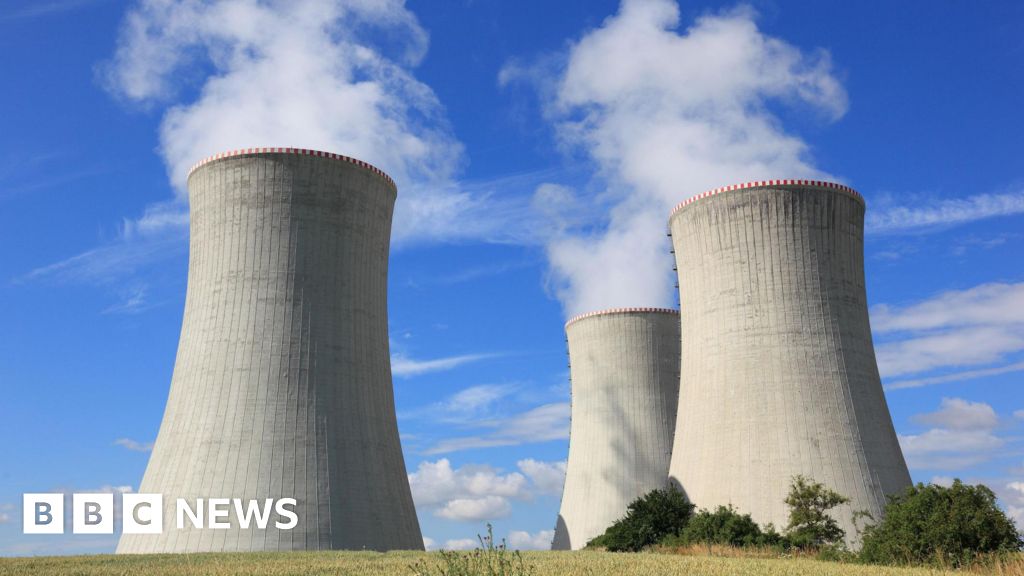Google’s emissions rose by 13% from 2022 to 2023. Compared to its baseline year of 2019, the company’s emissions have increased by 48%. Google’s energy use escalated, consuming 25,910 gigawatt hours, double the amount used just four years ago.

Also Read: Japan Researchers Break Internet Speed Record 402 Tb/s Using Standard Optical Fiber
AI is cited as a primary reason for the uptick in emissions due to its reliance on energy-intensive data centers.
AI holds promise for tackling climate change through applications like energy-efficient transit routing and extreme weather modeling.
Microsoft’s emissions have grown by 29 percent since 2020. Amazon’s emissions fell by a modest 0.4 percent between 2021 and 2022, yet remain 40 percent higher than in 2019.
The growth of AI and data centers is a common challenge across the tech industry with global data center electricity demand expected to double by 2026.
Data centers are a major contributor to the rise in emissions due to their high electricity and cooling requirements.
Often built in regions with cheaper electricity, these centers may rely on non-renewable energy sources, by their carbon footprint.
The construction of new data centers necessitates additional infrastructure including high-voltage transmission lines and water resources for cooling.
Google reports that 64 percent of the energy used for its data centers and offices in 2023 was carbon-free.
The company aims to meet its entire energy demand with clean energy every hour of every day by 2030. Google’s data centers are, on average, 1.8 times more energy-efficient than others in the industry.
Google’s greenhouse gas emissions have increased by 48% over the past five years. An rise in energy consumption by data centers and increased supply chain emissions driven largely by the surge in demand for artificial intelligence (AI).
Google’s emissions have surged nearly 50% since 2019 reaching 14.3 million metric tons in 2023, a 13% increase from the previous year.
The expansion of energy-intensive data centers and supply chain activities to support AI advancements are the primary contributors to the rise in emissions.
AI technologies such as Google’s Gemini and OpenAI’s GPT-4 require vast amounts of computational power leading to increased energy consumption.
Google aims to achieve net-zero emissions by 2030 but acknowledges the challenge due to the growing energy demands of AI.
Also Read: Character.AI Introduces Two-Way Voice Conversation Feature
Despite substantial investments in renewable energy, meeting the escalating energy demands of AI presents huge hurdles.
Other tech giants like Microsoft and Amazon are also struggling with increased emissions due to AI.
Data centers are the backbone of AI technology handling the computational tasks required for training and running AI models. Google’s data center electricity consumption increased by 17% in 2023 alone.
While Google claims its data centers are 1.8 times more energy-efficient than average, the scale of expansion offsets these efficiency gains.
The International Energy Agency predicts that global electricity consumption by data centers could double from 2022 to 2026 aligning with Japan’s total electricity demand.
AI-related data centers could account for 4.5% of global energy generation by 2030, according to SemiAnalysis.
The manufacturing and transportation of the hardware required for AI including servers and chips contribute to Google’s supply chain emissions.
Increased production of these components has led to higher carbon emissions despite efforts to source more sustainable materials.
AI technologies also have a huge water footprint with estimates suggesting AI could account for up to 6.6 billion cubic meters of water usage by 2027, nearly two-thirds of England’s annual consumption.
Microsoft has also seen a rise in emissions with a 30% increase since 2020 due to data center expansion.
Amazon, through its AWS cloud computing division is another key player in AI and faces similar challenges in balancing AI expansion.
Amazon plans for carbon neutrality by 2040 but must navigate the high energy demands of its AI and cloud services.
Google is a major purchaser of renewable energy, investing in solar and wind power to offset its carbon footprint.
The lag in building the necessary infrastructure to support large-scale renewable energy projects means that immediate demands often still rely on non-renewable sources.
Also Read: Solos Unveils AirGo Vision: Smart Glasses with ChatGPT-4o Integration





















